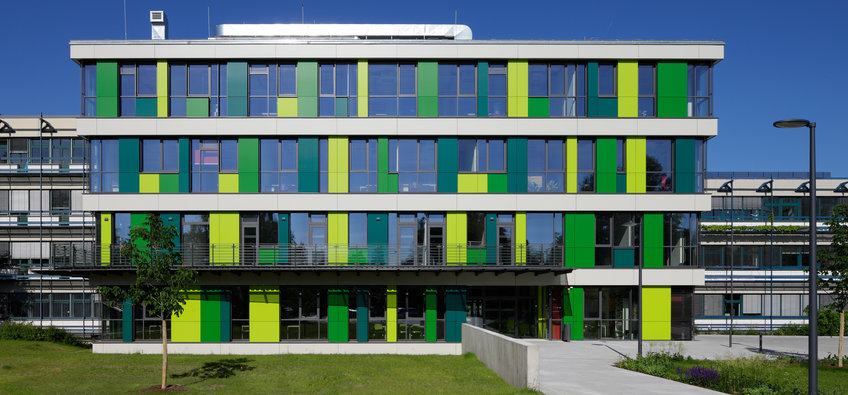
Max Planck Institute for Molecular Genetics
All living creatures on Earth carry their own blueprint in their genetic material, the DNA. Research at the Max Planck Institute for Molecular Genetics is dedicated to decoding the DNA of human beings and other organisms. The Institute's scientists study the function of genes and their role during development, from the fertilised egg to the embryo and on to the mature organism. They are particularly interested in genes that can trigger diseases when they malfunction. For a quick and precise analysis of the genetic material, the scientists rely on state-of-the-art sequencing devices, which can decode the entire genetic material of a human being within a few days. Special computer programs designed at the Institute help them to analyse and interpret the resulting data.
Contact
Ihnestrasse 63-7314195 Berlin
Phone: +49 30 8413-0
Fax: +49 30 8413-1207
PhD opportunities
This institute has an International Max Planck Research School (IMPRS):
IMPRS for Biology and ComputationIn addition, there is the possibility of individual doctoral research. Please contact the directors or research group leaders at the Institute.







